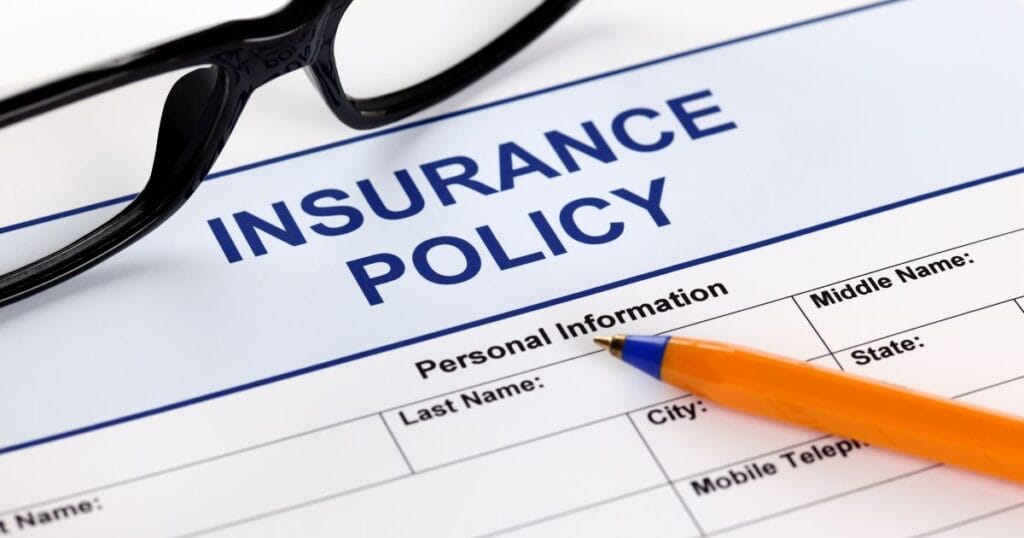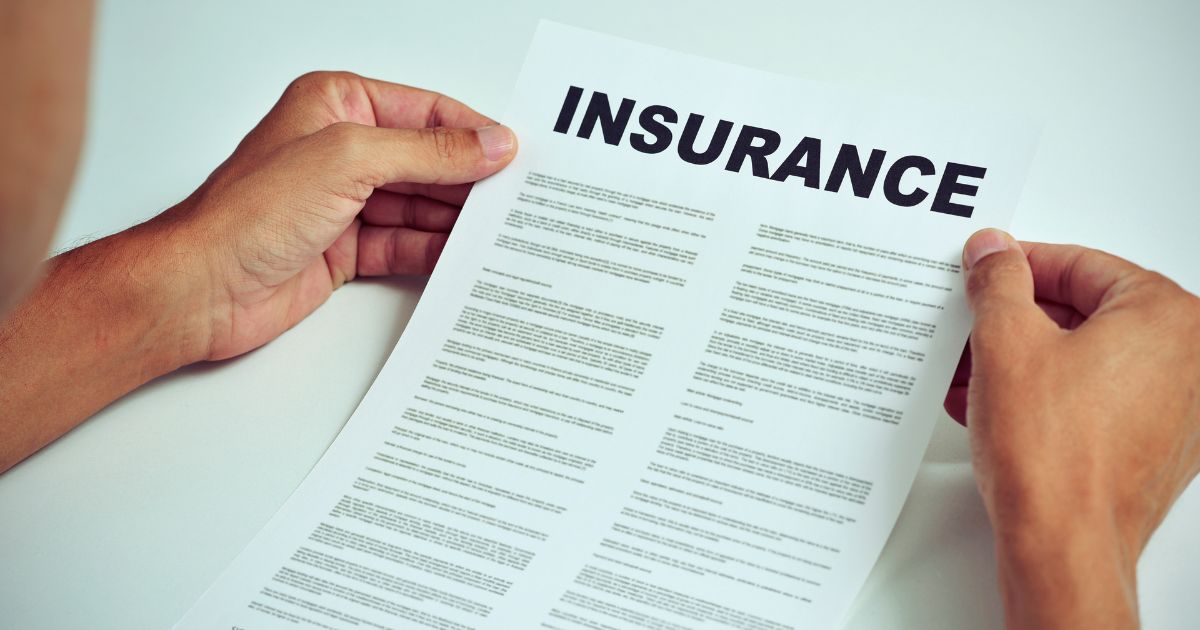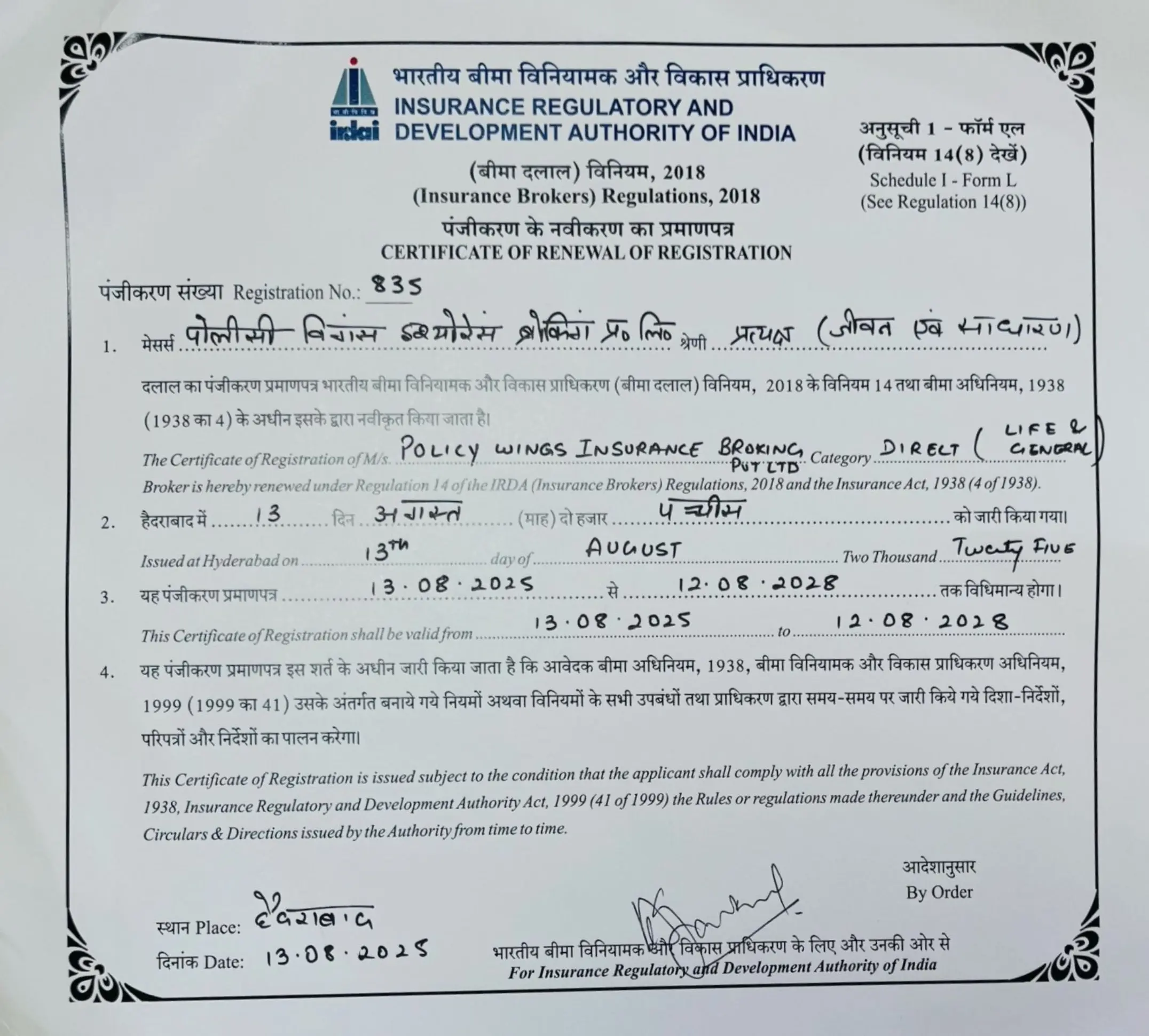Introduction
D&O coverage Director’s liability insurances are no longer specialised business tools; rather, they are crucial defences for business executives in the high-risk business world of today. This insurance has become a crucial protection against personal financial exposure resulting from managerial decisions, alleged misconduct, or regulatory scrutiny, as the Companies Act of 2013 places strict fiduciary duties and liabilities on directors and officers.
Understanding D&O Insurance in the Indian Context
Directors and Officers Liability Insurance protects company directors, important officers, and occasionally the organisation itself against lawsuits stemming from wrongdoing while performing their jobs. Errors, omissions, misstatements, duty breaches, carelessness, or deceptive statements can all be considered wrongdoing.
Policies in the Indian market are divided into three categories:
- Side A: Provides protection for individual officers and directors in the event that the business is unable to pay them.
- Side B: Pays back the business when it pays officers and directors.
- Side C: Provides coverage for the entity itself, frequently in cases involving securities.
Legal Framework Behind Director’s Liabilities
The statutory duties of directors are outlined in the Companies Act of 2013.
- Fiduciary duties are codified in Section 166, which mandates that directors avoid conflicts of interest, act in good faith, and exercise due and reasonable care.
- Independent directors may also be held accountable for actions taken with their knowledge, consent, or carelessness, according to Section 149(12).
- The code of conduct for independent directors is reinforced in Schedule IV.
Liabilities may result from provisions of the Securities and Exchange Board of India (SEBI), the Insolvency and Bankruptcy Code (IBC), labour laws, environmental laws, and other sector-specific regulations in addition to company law.
Why It’s Not Mandatory But Still Important
In India, D&O insurance is not required by law. However, the lack of coverage can expose company executives to debilitating legal expenses and personal asset risk in a business environment where litigation, shareholder activism, and regulatory oversight are escalating. Long, costly legal battles can result from even unfounded accusations, and defence expenses alone can be high.
Indian Case Studies That Shaped the Importance of D&O Insurance
1. Satyam Computers Scandal (2009):
Directors were subject to legal actions and investor lawsuits after significant financial irregularities were revealed. Many found that fraud or deliberate misconduct was not covered by their insurance, underscoring the significance of comprehending policy exclusions.
- IL&FS Financial Collapse (2018):
Several investor and regulatory actions were prompted by a debt default exceeding ₹90,000 crore. Directors were subjected to thorough investigations, illustrating how insufficient policy limits can result in protection gaps. - Kingfisher Airlines Case:
Directors still faced significant defence expenses, some of which were covered until proven guilty, even though D&O policies typically forbid wilful misconduct. This demonstrated the short-term benefits of defence cost coverage.
These examples underline two truths:
- A sign of sound corporate governance is D&O insurance.
- Just as important as having the policy itself are its exclusions, scope, and claim procedures.
Regulatory and Governance Drivers
Under the 1938 Insurance Act, D&O policy issuance is regulated by the Insurance Regulatory and Development Authority of India (IRDAI). In order to draw in top-tier leadership, listed companies are compelled by SEBI and stock exchange corporate governance standards to implement more robust director protection measures.
Additionally, companies may purchase liability insurance for their directors and officers under Section 197(13) of the Companies Act, 2013, with the exception of cases involving fraud, breach of trust, or wilful default.
Important Exclusions Businesses Need to Know
Although policies are customisable, common exclusions include:
- Wilful non-compliance, criminal activity, or fraud.
- Illegally obtained personal gain or advantage.
- Property damage or bodily harm (unless it results indirectly from managerial choices)
- Claims resulting from known past events that were not revealed at the start of the policy.
Crucially, until a final decision proves fraud or criminality, many policies will continue to pay defence expenses.
Practical Guidance for Indian Companies
- Evaluate Your Risk Profile: Coverage levels should be determined by your industry, market exposure, investor base, and regulatory environment. Higher cover limits are frequently needed for listed companies, financial services, and pharmaceuticals.
- Make Sure There Are Sufficient Limits and Extensions: Take into account extensions like cyber liability, employment practices liability, or coverage for retired directors.
- Make Claim Notification Procedures Clear: It’s critical to report claims and possible situations as soon as possible. Delays may result in coverage being denied.
- Cost and Coverage Quality: Although premiums are deductible under the Income Tax Act as business expenses, insufficient coverage may end up costing much more in the long run.
- Inform the Stakeholders: By revealing the presence of strong D&O insurance, one can increase investor trust and draw in qualified directors who might otherwise be wary of personal liability.
Learning from International Jurisprudence
A warning precedent was set in the 1985 U.S. case Smith v. Van Gorkom, in which directors were held personally accountable for approving a merger without sufficient information, even though they had acted in good faith. These decisions serve as a reminder that carelessness, even in the absence of malice, can result in legal consequences. Global corporate accountability standards are becoming more and more in line with Indian judicial trends.
The Strategic Imperative
D&O insurance India is more than just a financial safety net in a market that is competitive and heavily reliant on compliance; it is a leader’s enabler. It safeguards private assets, pays for high legal fees, and lets shareholders know that the business values accountability and governance.
Even if they are ultimately found not liable, directors who do not have this coverage run the risk of experiencing personal financial ruin due to litigation costs. On the other hand, decision-makers can be protected by a well-crafted directors liability insurance policy, which frees them from the crippling fear of being exposed personally.
Conclusion
Director’s liability insurance is a governance requirement for Indian businesses, whether they are listed corporations with intricate stakeholder structures, mid-sized businesses expanding operations, or startups drawing venture capital.
In a time when accountability is strict and personal liability is real, organisations can give their leaders the confidence to make brave, well-informed decisions by carefully evaluating risk, comprehending the legal framework, choosing the best policy structure, and guaranteeing transparency in claims handling.







